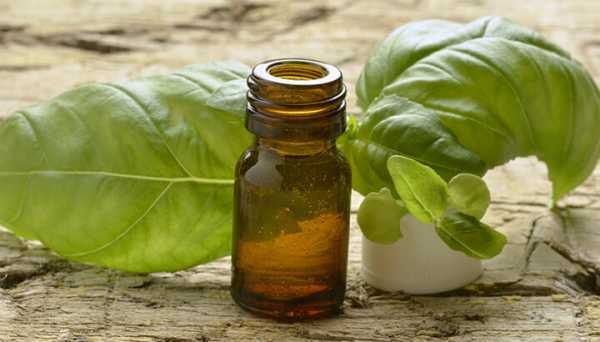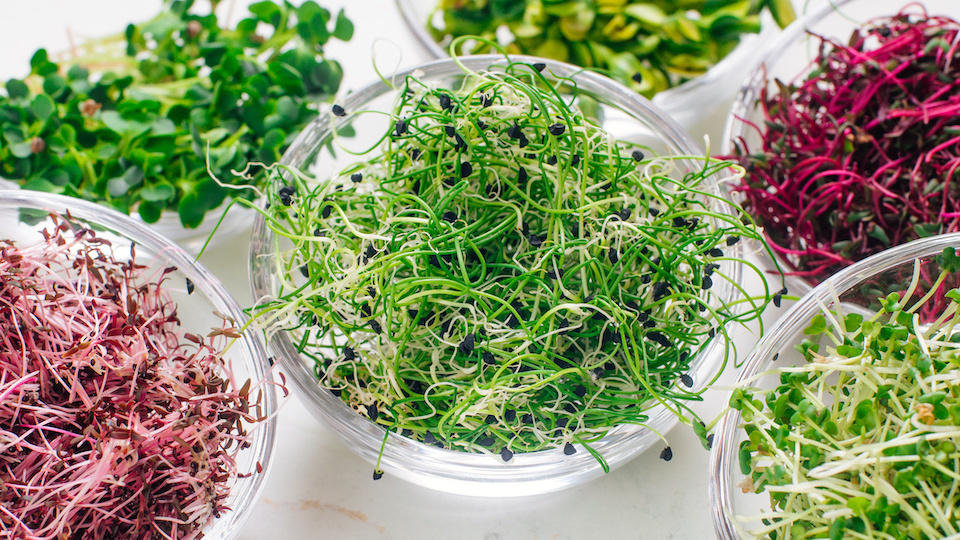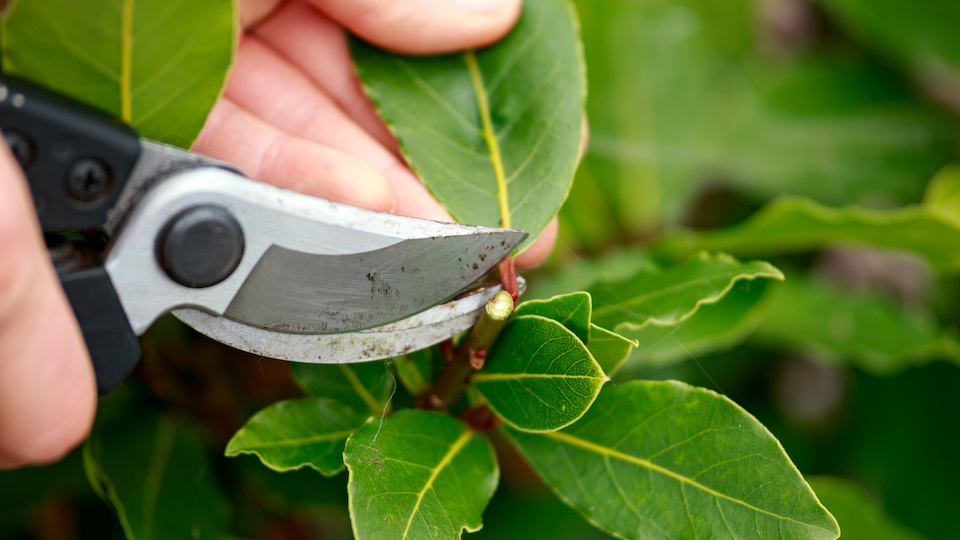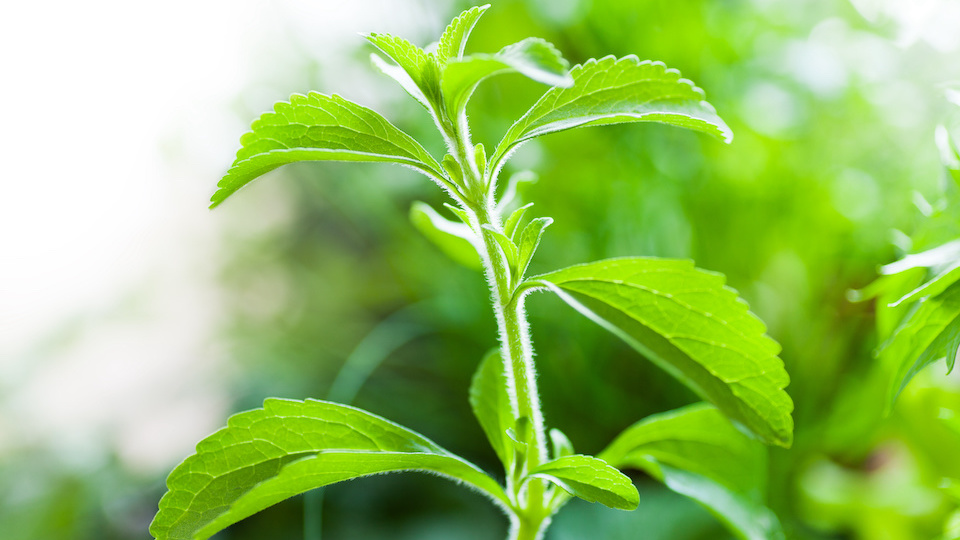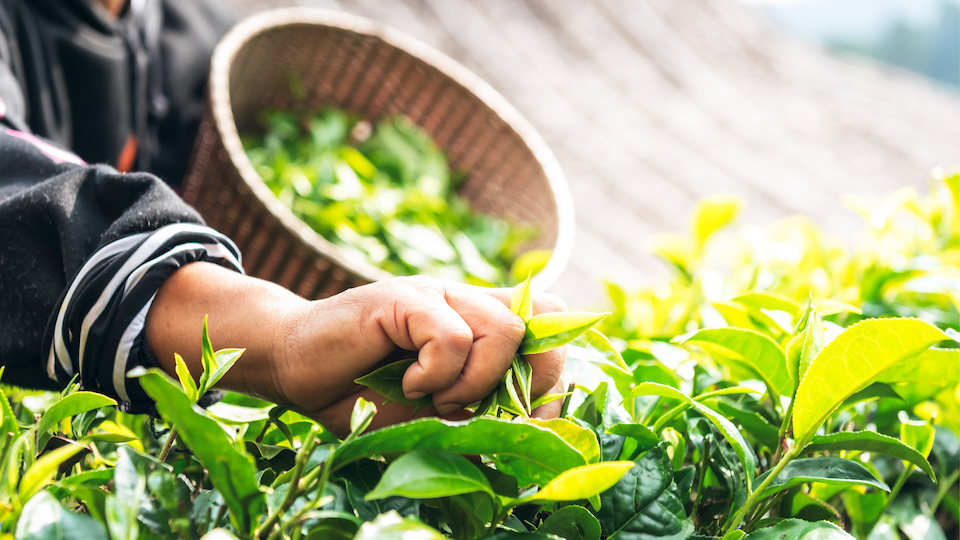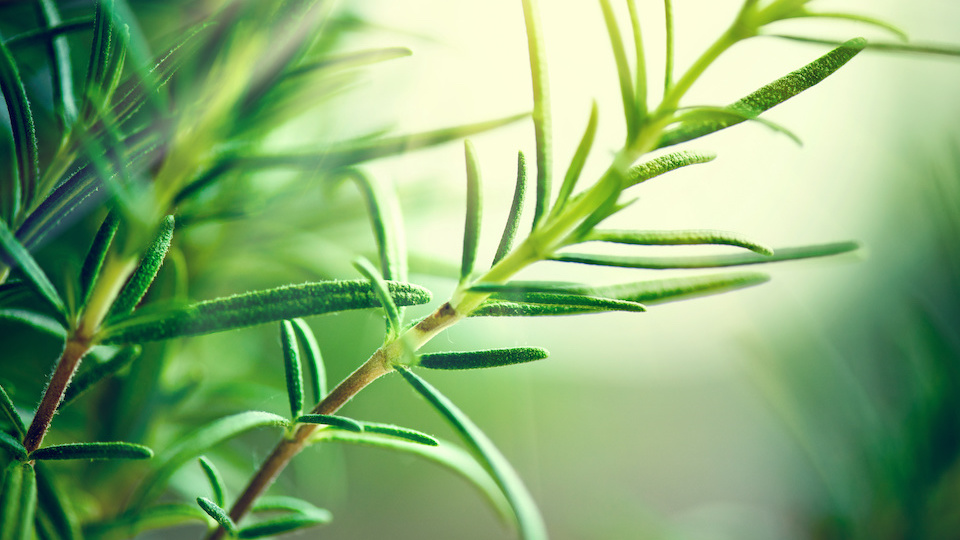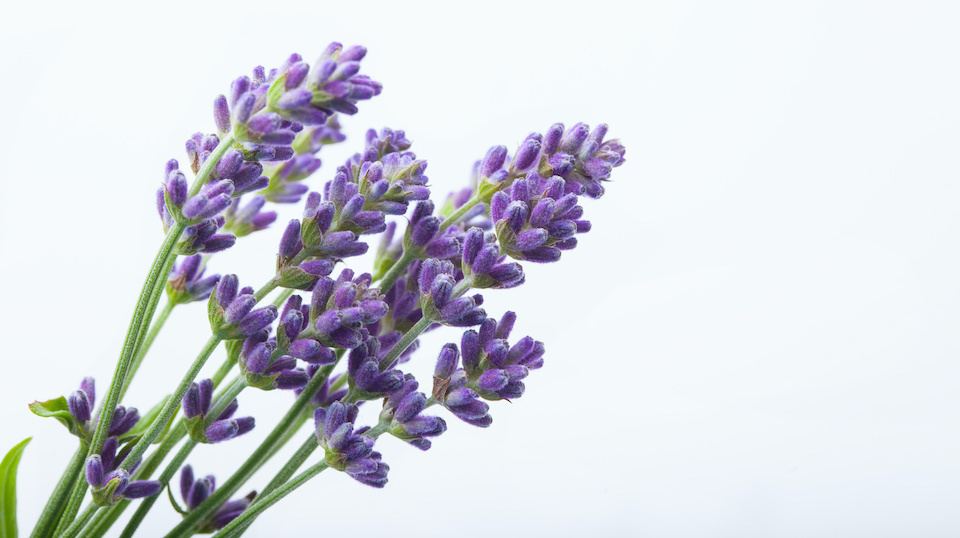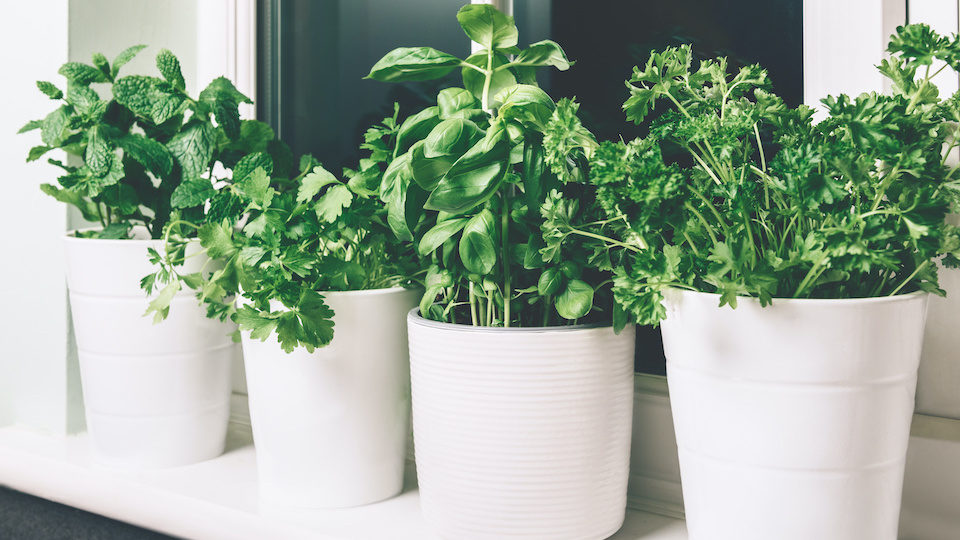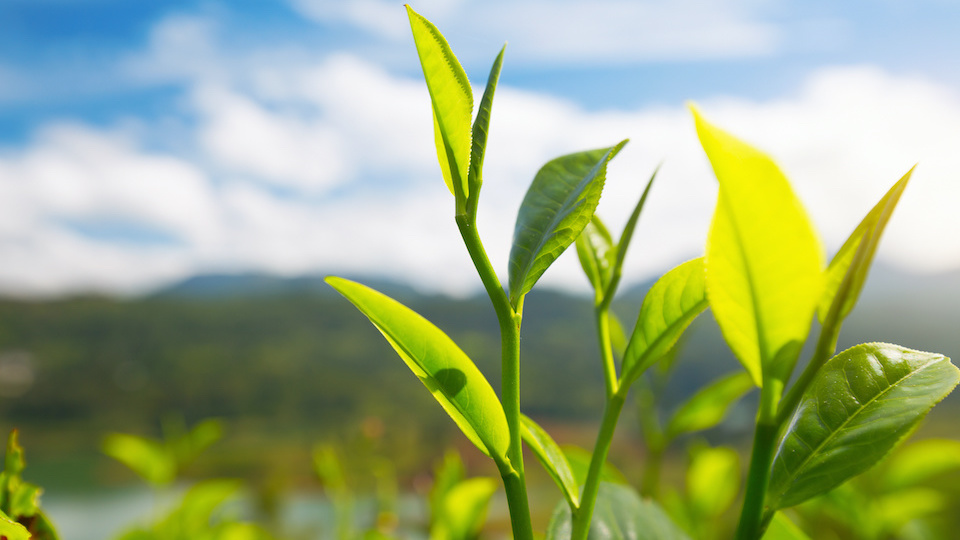11 Amazing Benefits of Sweet Basil
Fresh sweet basil is floral, pungent, and readily available in the U.S. You’re probably well aware of the flavor it contributes to dishes, like pasta and salads. But what you may not be aware of are the powerful healing compounds associated with the essential oil. In fact, sweet basil oil can help the digestive, immune and nervous systems. If you haven’t tried it yet, here are some natural fixes that can really boost your health.


